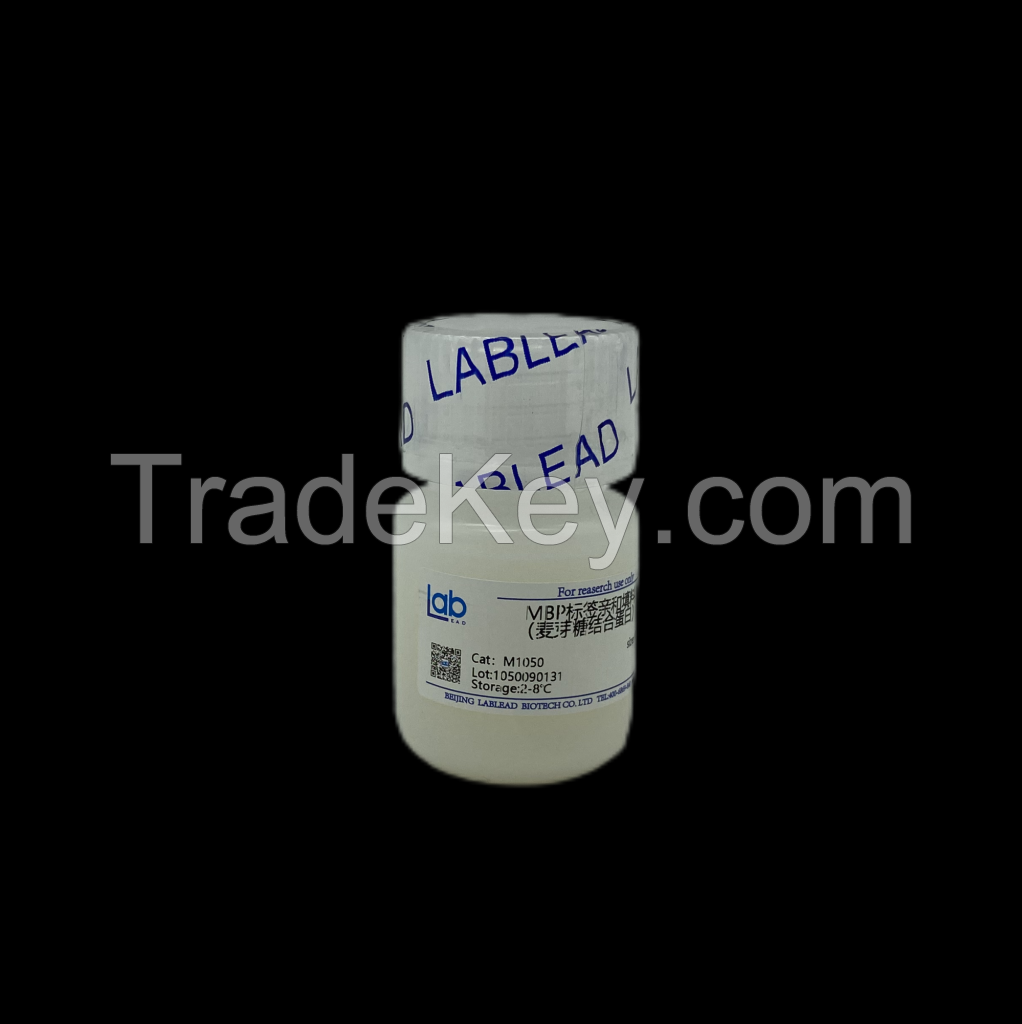

Precio FOB
Obtener el precio más reciente|
- Minimum Order
País:
China
N º de Modelo:
-
Precio FOB:
Lugar de origen:
-
Precio de pedido mínimo:
-
Cantidad de pedido mínimo:
-
Detalle de embalaje:
-
El tiempo de entrega:
-
Capacidad de suministro:
-
Tipo de pago:
T/T, L/C, D/A, D/P, Western Union, Money Gram, PayPal, Other
Grupo de productos :
| Item | Property |
| ligand | Highly crosslinked 6% agarose microspheres |
|
Matrix |
dextrin |
| capacity | >*0 mg MBPprotein(*0 kDa) /ml resin |
| Particle | *****5 pm |
| maximum pressure | 0.3 MPa, 3 bar |
| pH stability range | ***2 |
|
Storage
buffer |
1xPBS containing *0% ethanol |
| País: | China |
| N º de Modelo: | - |
| Precio FOB: | Obtener el precio más reciente |
| Lugar de origen: | - |
| Precio de pedido mínimo: | - |
| Cantidad de pedido mínimo: | - |
| Detalle de embalaje: | - |
| El tiempo de entrega: | - |
| Capacidad de suministro: | - |
| Tipo de pago: | T/T, L/C, D/A, D/P, Western Union, Money Gram, PayPal, Other |
| Grupo de productos : | Protein Biology |
